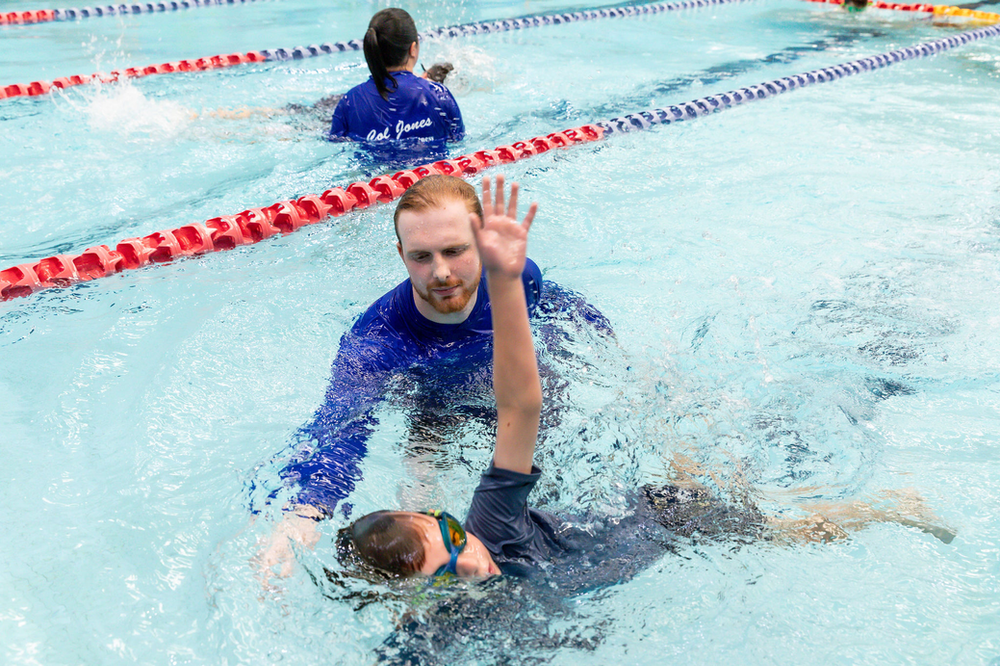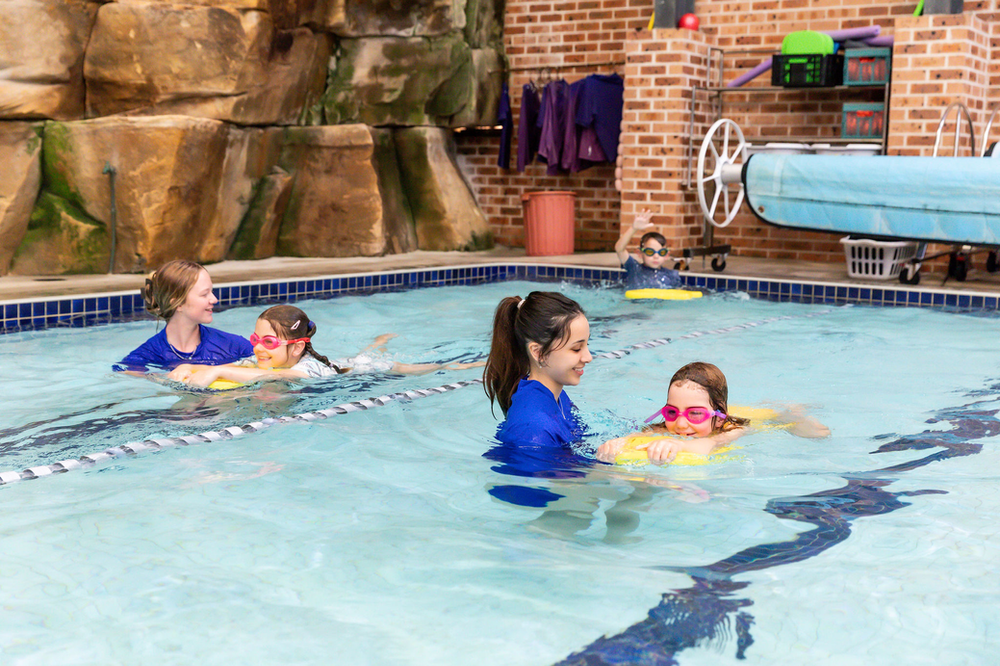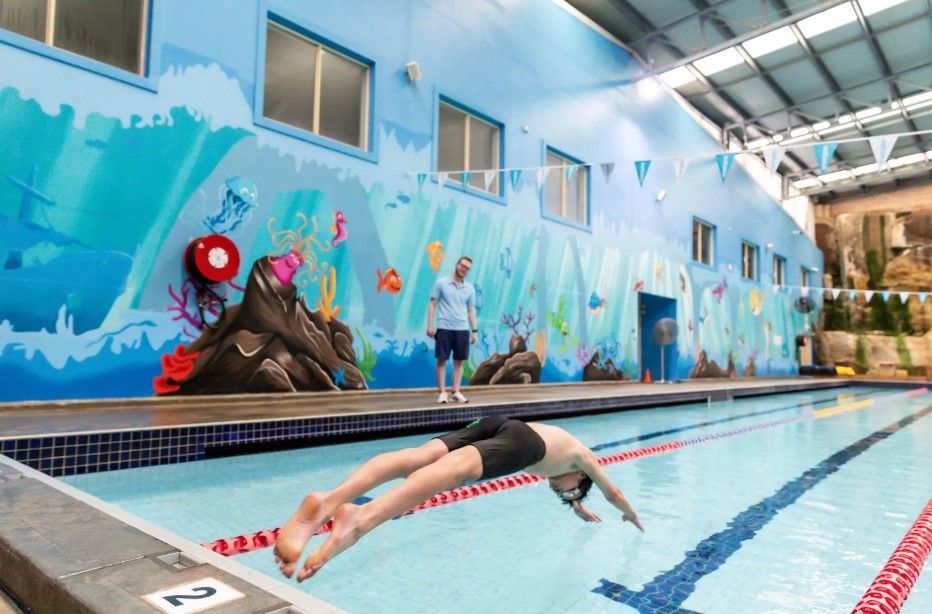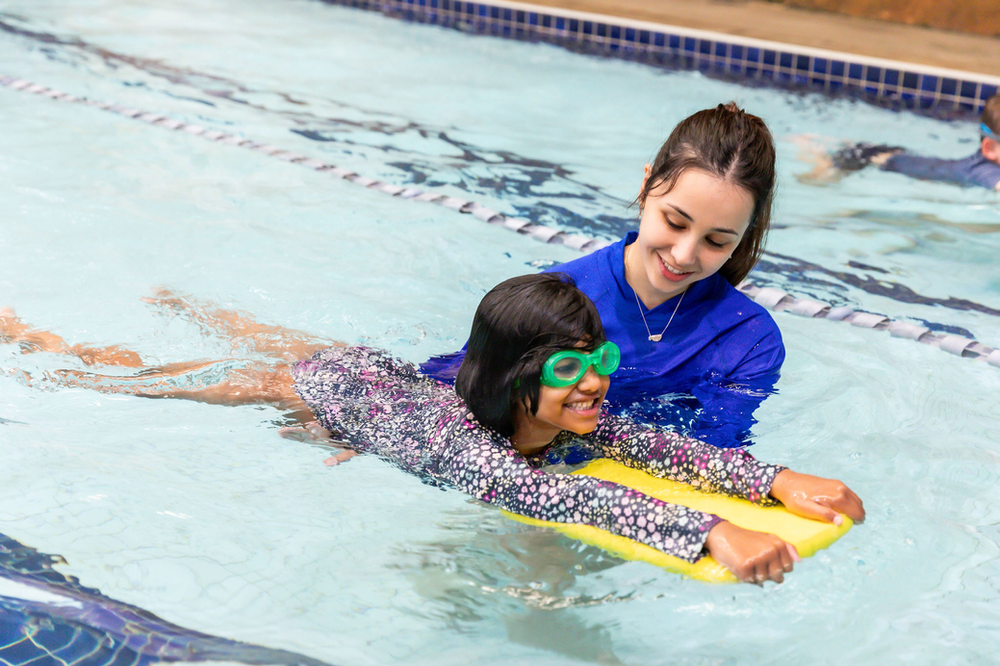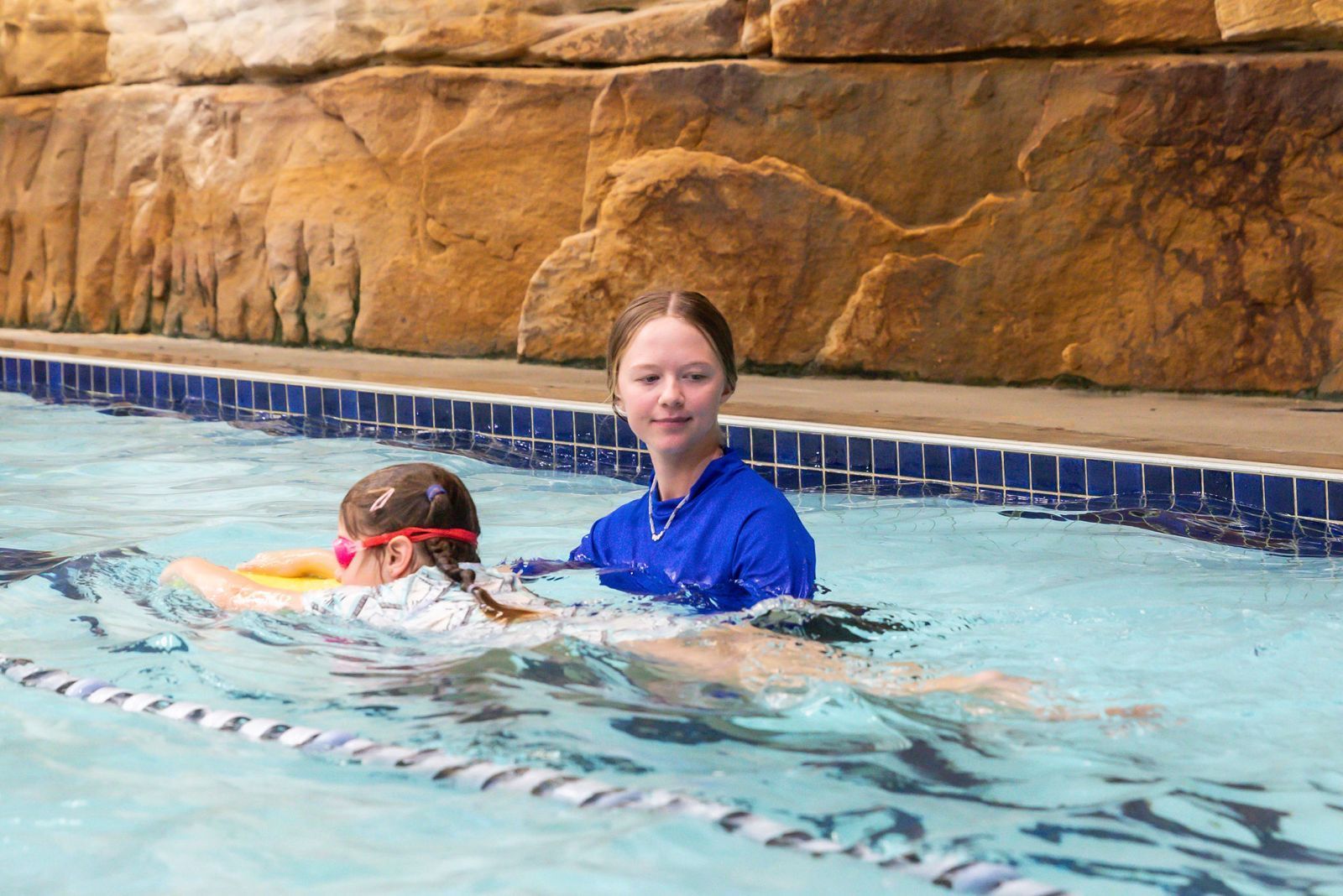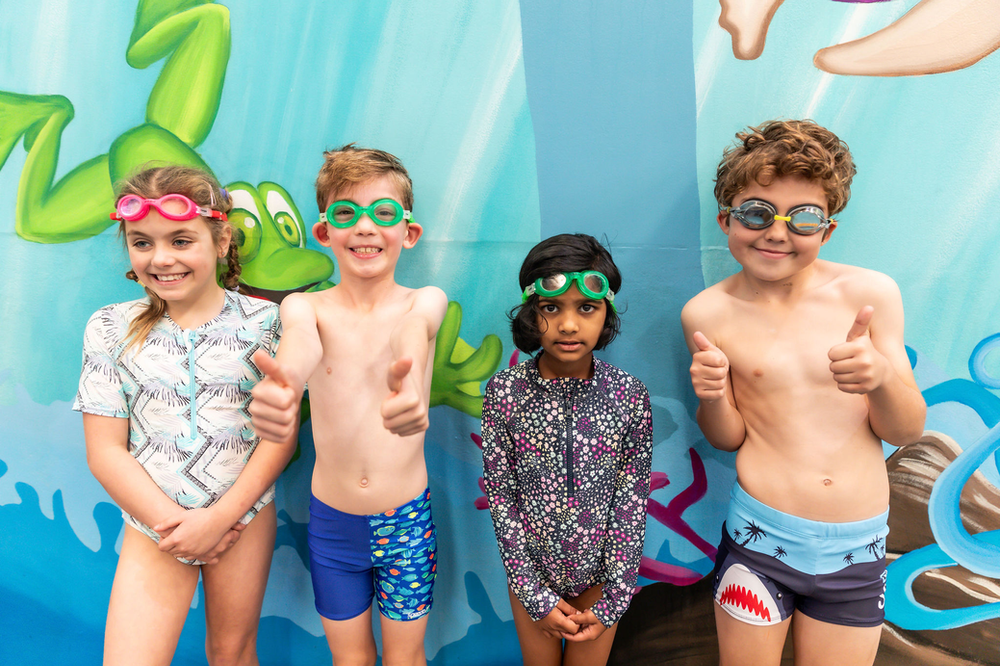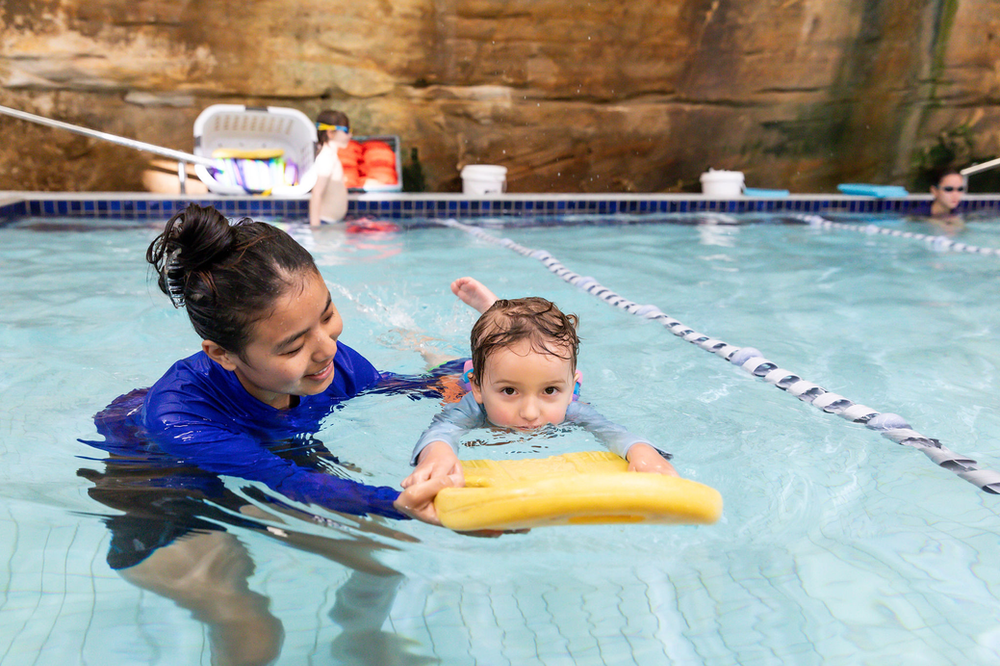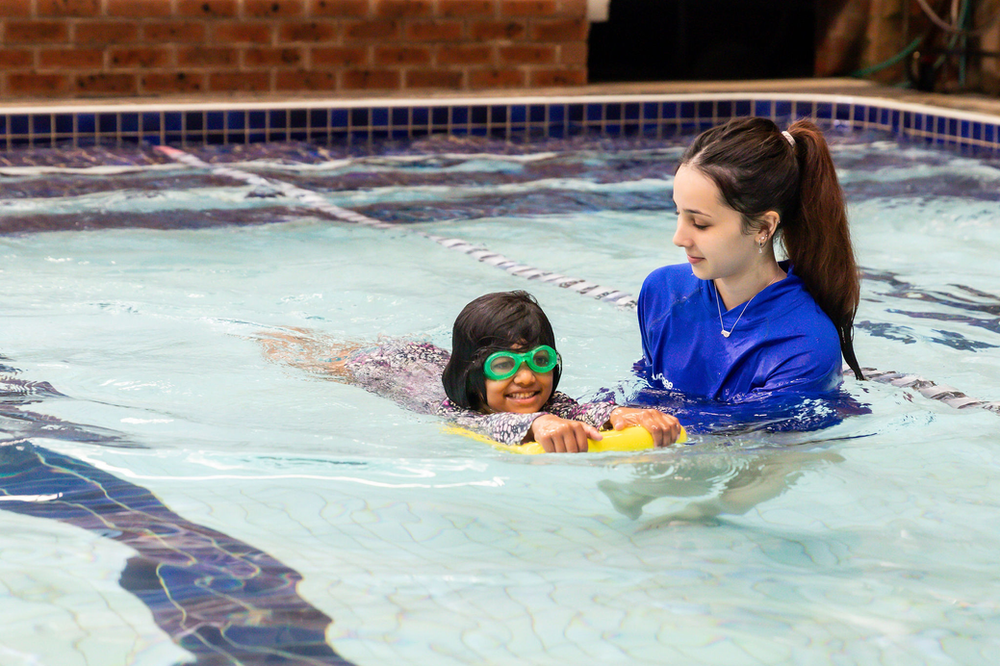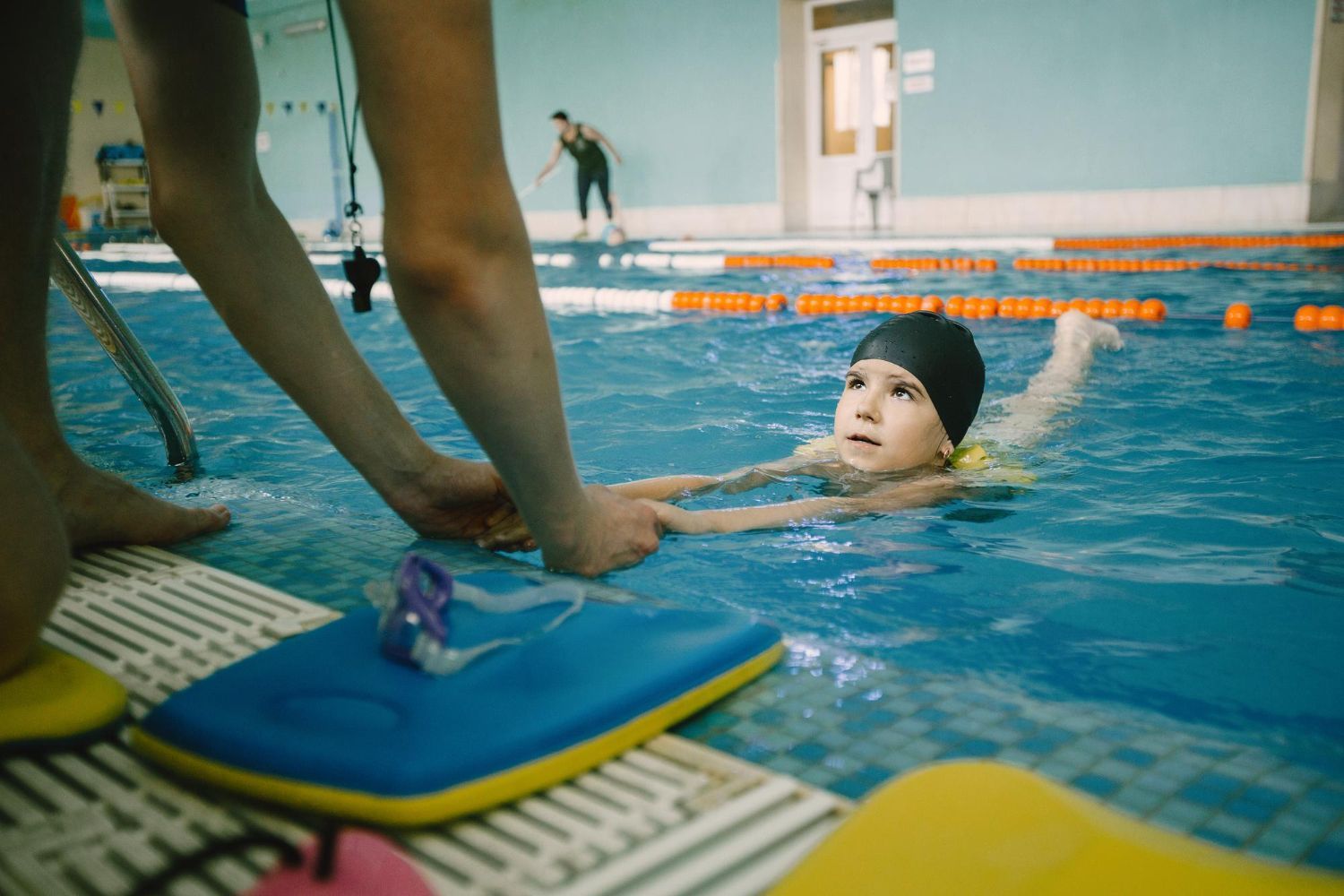Overcoming Water Anxiety: First Steps in Learning to Swim
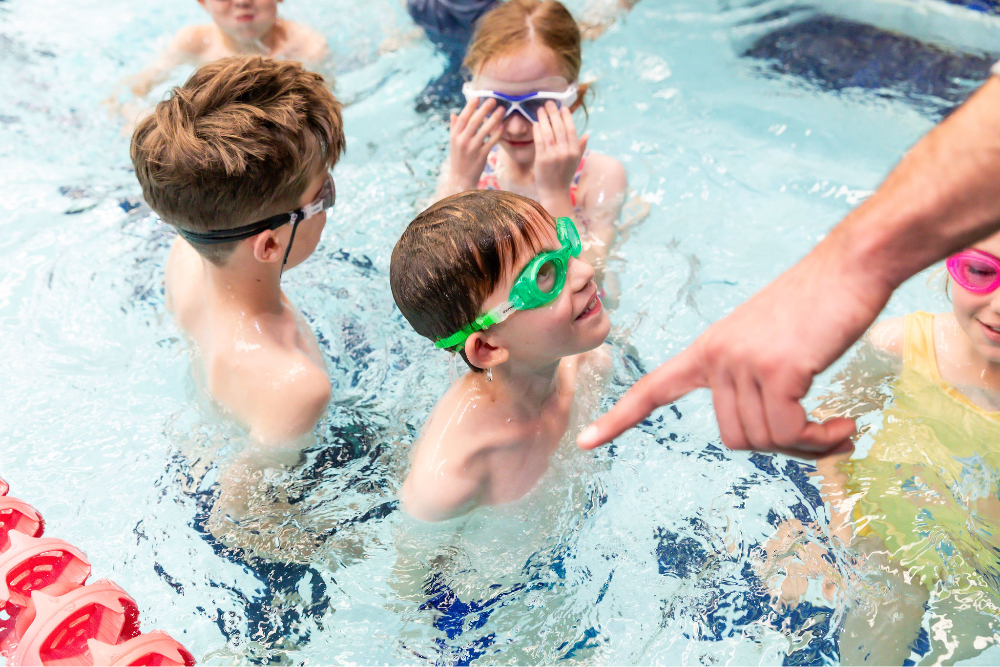
Learning to swim is an exciting adventure, but for some, water anxiety can create a significant barrier. This feeling of unease or nervousness around water is more common than you might think. It can stem from a variety of causes, such as past experiences or simply a fear of the unknown. This hesitation can prevent a child from fully enjoying the water and learning to swim. Understanding water anxiety is the first step toward overcoming it and helping kids embrace the joys of swimming.
It's important to realize that overcoming water anxiety opens the door to a valuable life skill. Swimming offers not just the fun of splashing around but also promotes water safety and confidence. When children feel secure and happy in the water, they're more likely to engage actively in swimming lessons. Many parents share common concerns about their kids' anxieties, and it’s perfectly normal to seek ways to ease these fears. By acknowledging these worries, you can start helping your child take their first confident steps into the water.
Understanding Water Anxiety
Water anxiety often manifests as fear or reluctance to enter or be around water. For children, this anxiety can have a significant impact on their ability to learn to swim. Common signs include avoiding swimming pools, clinging to parents when near water, or expressing discomfort during swim lessons. These behaviors can signal underlying concerns that need addressing with patience and understanding.
Several factors contribute to why a child might develop water anxiety:
- Past Experiences: A previous scare or uncomfortable moment in the water can linger in a child's memory, creating an aversion to swimming.
- Lack of Exposure: Children who haven't spent much time around water may feel uncertain or fearful simply because it's unfamiliar.
- Overhearing Others' Fears: Kids can pick up on the fears of others, whether from peers or adults. Hearing negative stories about water or swimming accidents can create apprehension.
Understanding these root causes is essential in crafting a supportive approach to overcoming water anxiety. Each child is unique, so identifying specific triggers can help tailor the path forward. Patience and encouragement are key. Listening to your child's concerns and acknowledging their feelings will make a significant difference in how they approach learning to swim.
Creating a Comfortable Environment
To help a child overcome water anxiety, creating a safe and welcoming environment is essential. This process starts even before stepping into the pool. Begin by building a positive association with water through discussion and storytime. Books or stories about fun water adventures can spark interest and curiosity, laying the groundwork for confidence.
Start with small, manageable steps that allow your child to get used to being near water without pressure. Here are a few suggestions:
- Introduce Water Play: Begin with bath time or playtime with water toys. This familiar setting can make the introduction to water feel more fun and less daunting.
- Visit the Pool: Take a trip to the pool without the intention to swim. Let your child observe others having fun in the water, and encourage them to dip their toes in when they feel ready.
- Build Routine Visits: Regular, relaxed visits to the pool can gradually erase fear over time, transforming the environment into something familiar and enjoyable.
Patience in this process is vital. Celebrating small milestones with positive reinforcement will boost your child's confidence. It's all about progress over perfection. By taking these initial steps, you create a nurturing space where your child can, at their own pace, establish a comfort level with water.
Gentle Introduction to Water
The transition from fear to comfort in water can be gradual and requires nurturing. Start this journey by engaging in simple, fun water activities that are non-threatening and easy to understand. Consider incorporating water games that elicit laughter and relaxation. Babies and young children particularly enjoy splashing in shallow water with toys or cups. Not only does this occupation create joy, but it acclimates them to the sensation of water on their skin, easing those initial fears.
Another effective method includes gentle immersion. Let children enter the water slowly, choosing how deep they're comfortable going. Encouraging them to submerge parts of their body at their own pace facilitates a sense of control over their environment. This step can be enriched with encouragement and playful interaction to enhance confidence gradually.
Professional Support and Classes
Seeking the guidance of professional swim instructors can significantly impact how a child handles their anxiety. Experts trained to assist children with water anxiety provide tailored support, giving a structured and reassuring presence. Group lessons can present a social aspect, aiding children in seeing peers enjoying the swim process. Witnessing others in similar situations can lessen feelings of isolation and foster a community feeling.
Instructors use a curriculum that's sensitive to each child's needs, introducing techniques and exercises that carefully guide them toward comfort in water. These classes often develop an environment where children gradually tackle their fears while learning to swim. By focusing on developing both skills and confidence, these programs become a source of encouragement and growth.
Building Confidence Over Time
Patience and regular practice are the building blocks in overcoming water anxiety. Setting small, achievable goals is crucial for consistent progress. As children reach each milestone, their growing confidence fuels their enthusiasm for further learning. Encouraging kids to chart their progress can make each session feel like a rewarding achievement.
Regular practice doesn't mean always having formal lessons; time spent in different water environments can enhance comfort. This variety, alongside routine lessons, solidifies skills, turning swimming into a natural, enjoyable activity.
Dive Into The Journey of Learning to Swim
Empowering children to overcome their water anxiety and embrace swimming is a journey worth celebrating. Each step taken, from initial exposure to mastering new skills, is a testament to their courage and resilience. The experiences tailored to their pace and preferences help build a positive relationship with water.
Parents and instructors play a vital role in this journey. By understanding each child's unique fears and supporting them with tailored solutions, we lay the groundwork for lifelong skills. Helping children navigate this process fosters not just swimming ability, but a sense of achievement and wellness. Being there for every splash, every paddle, and every cheer makes the journey rewarding for everyone involved.
Ready to support your child's swimming journey? Our programs cater to every skill level and provide a nurturing environment to
learn to swim safely and confidently. Visit Col Jones Swim Tempe to find out more about how we can help your child become a comfortable and capable swimmer.


